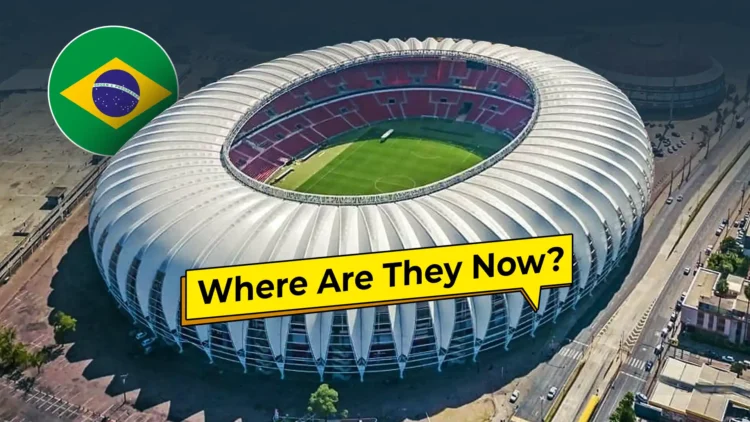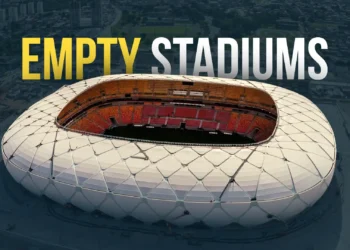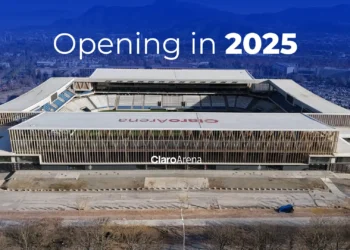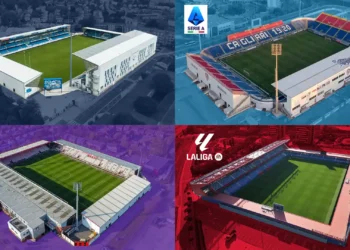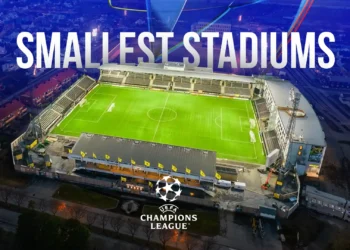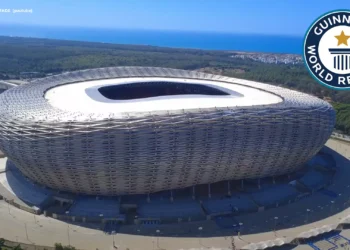When Brazil hosted the 2014 FIFA World Cup, it invested heavily in 12 stadiums across the country. The goal was to leave a legacy of world-class infrastructure, not just for football, but for cultural and social events as well.
11 years later, the picture is mixed: some stadiums remain active hubs of football and entertainment, while others struggle with high maintenance costs and limited use, becoming examples of the dreaded “white elephant.”
Stadium-by-Stadium Breakdown
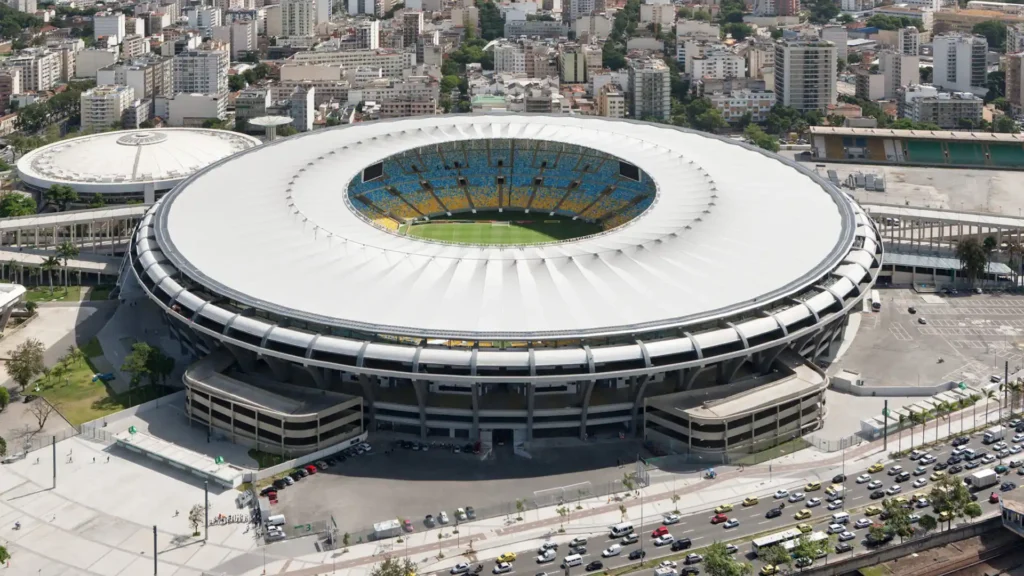
1. Maracanã (Rio de Janeiro)
Status: Thriving
- Still Brazil’s most iconic stadium, Maracanã regularly hosts Flamengo and Fluminense matches, major finals, and concerts.
- Selected as one of the eight venues for the 2027 FIFA Women’s World Cup.
- Symbolic, central, and commercially viable — although costly to maintain.
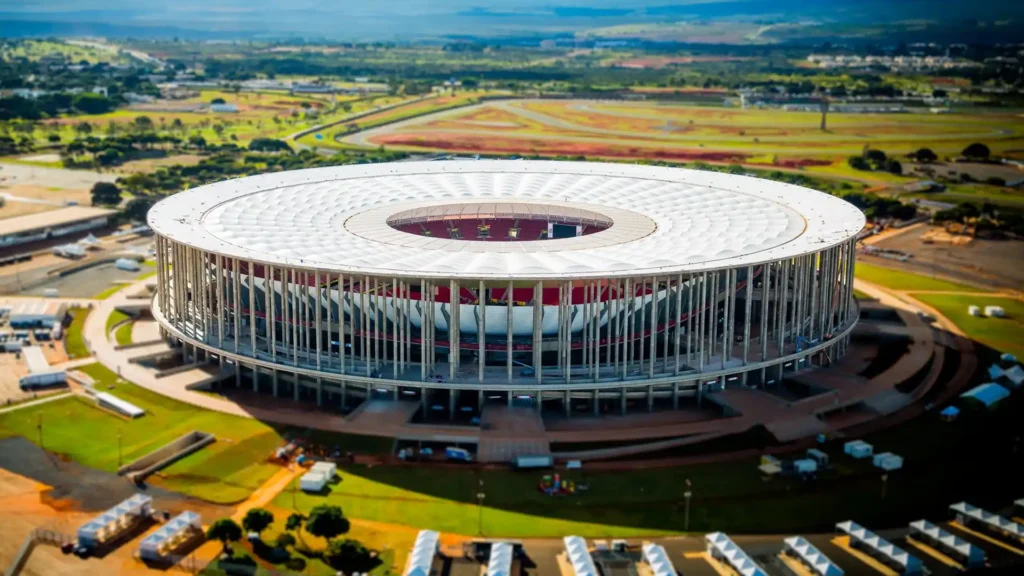
2. Estádio Nacional Mané Garrincha (Brasília)
Status: Underused
- Infamous as one of the world’s most expensive stadiums, it lacks a strong home club.
- Today, much of it is used for non-football purposes — including a bus parking lot.
- Sporadic matches and events are not enough to justify its enormous costs.
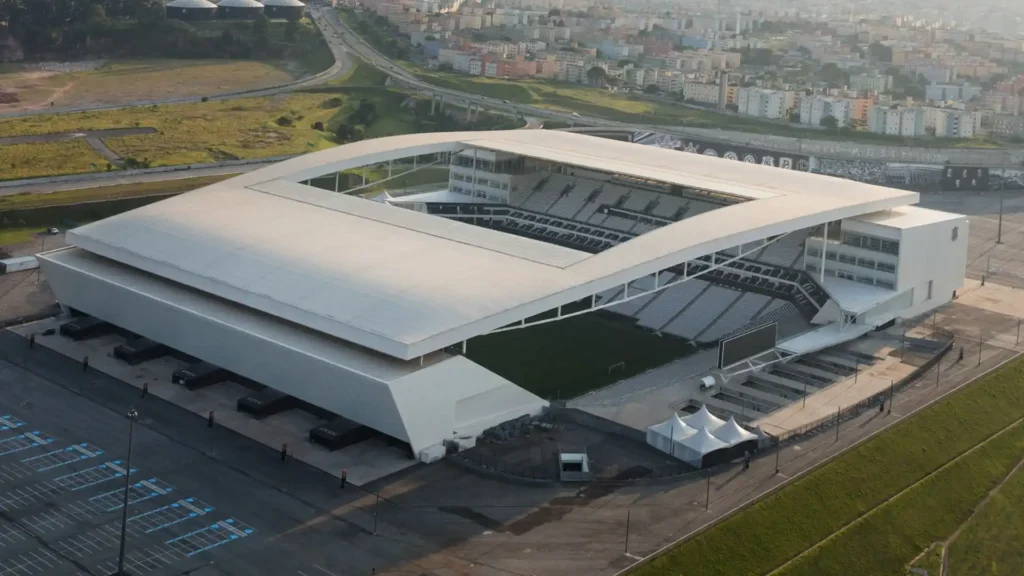
3. Arena Corinthians (São Paulo / Itaquera)
Status: Successful
- Home to Corinthians, one of Brazil’s biggest clubs with millions of fans.
- Consistently busy with league matches, Copa Libertadores games, and concerts.
- A clear example of how linking a mega-stadium with a major club ensures sustainability.
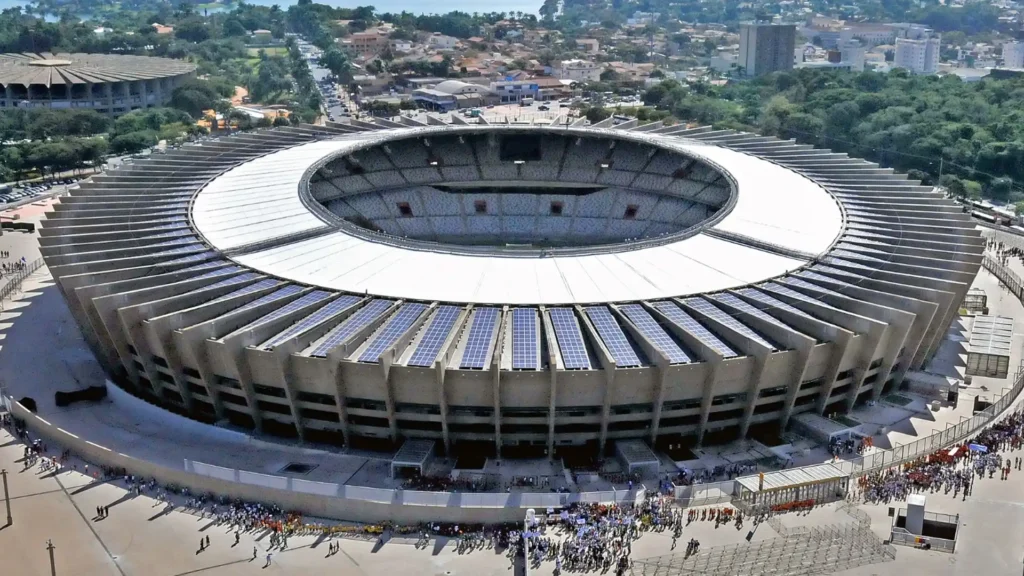
4. Estádio Mineirão (Belo Horizonte)
Status: Strong usage
- Home to Cruzeiro and also used for Atlético Mineiro games.
- Hosts national finals, concerts, and cultural events.
- Chosen as a Women’s World Cup 2027 venue, highlighting its ongoing relevance.
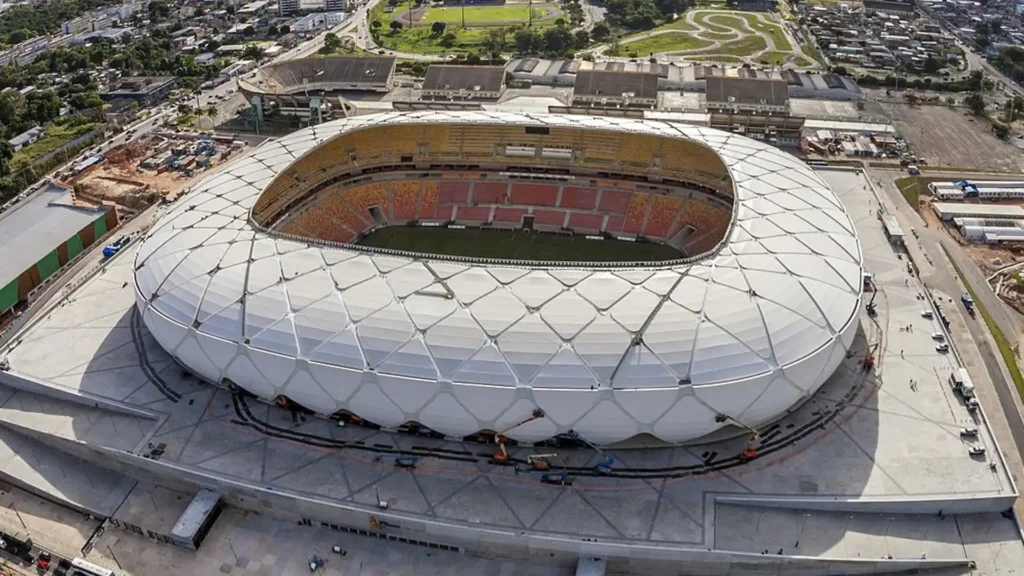
5. Arena da Amazônia (Manaus)
Status: Struggling
- Located deep in the Amazon rainforest, it has no major club tenant.
- Local league matches rarely attract more than a few thousand spectators.
- Expensive upkeep in a humid climate makes it a classic “white elephant.”
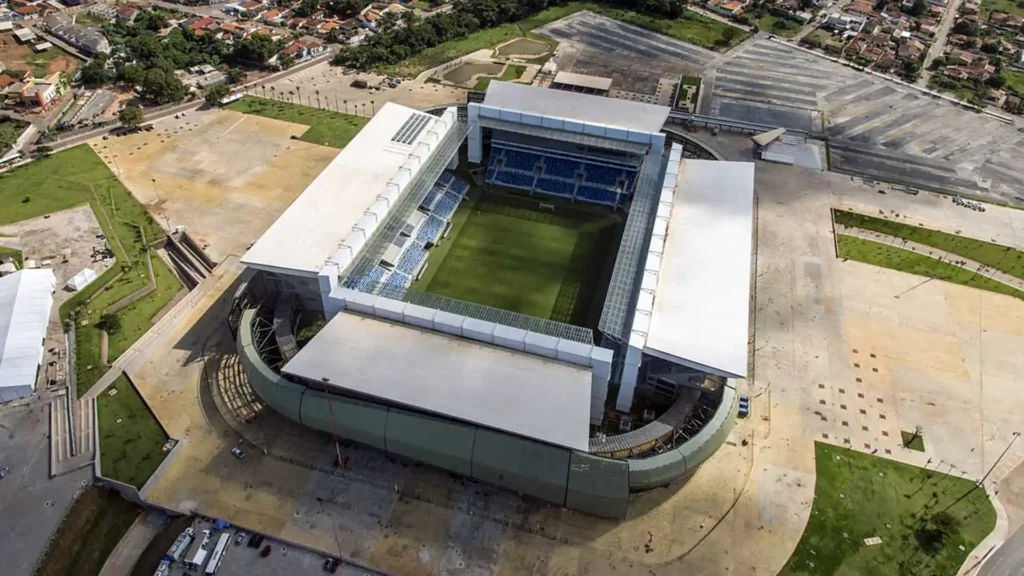
6. Arena Pantanal (Cuiabá)
Status: Moderate use
- Used by Cuiabá Esporte Clube, which now competes in Brazil’s top division.
- Originally built with excess capacity — some sections have since been closed off.
- Still active, but with limited demand for large-scale events.
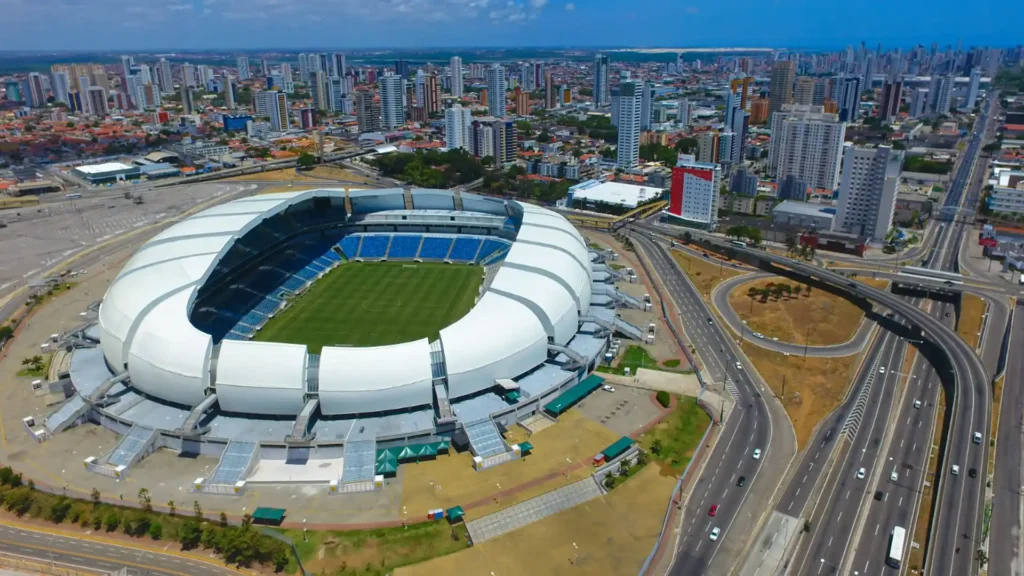
7. Arena das Dunas (Natal)
Status: Light use
- Hosts local league matches and occasional concerts.
- Its futuristic design stands out, but attendance remains modest.
- To generate revenue, it has even been rented out for weddings and private events.
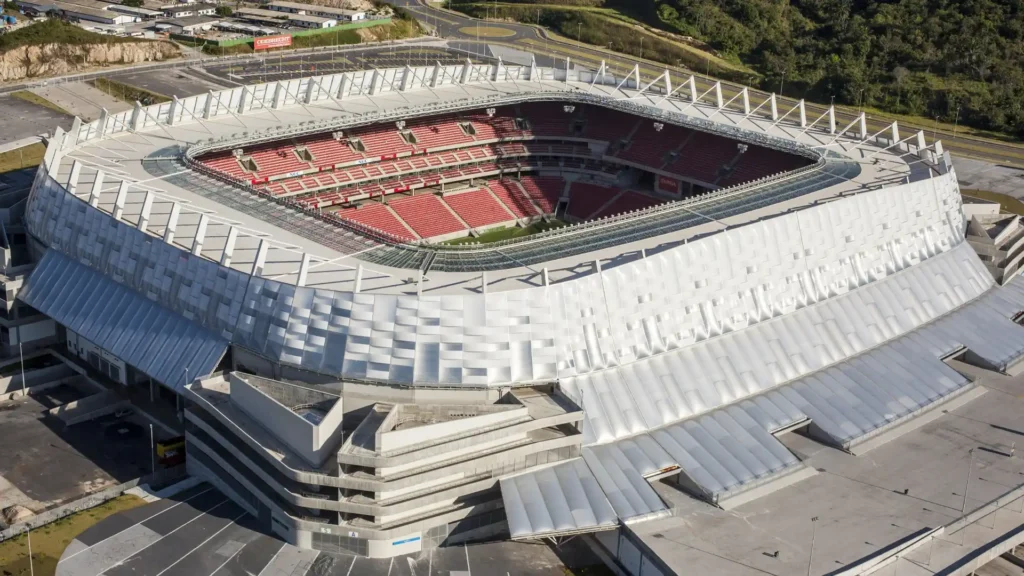
8. Arena Pernambuco (Recife)
Status: Mixed results
- Home to Clube Náutico, but struggles with attendance.
- Located outside Recife’s city center, making access difficult.
- Still used, but far below capacity — transport and infrastructure remain challenges.
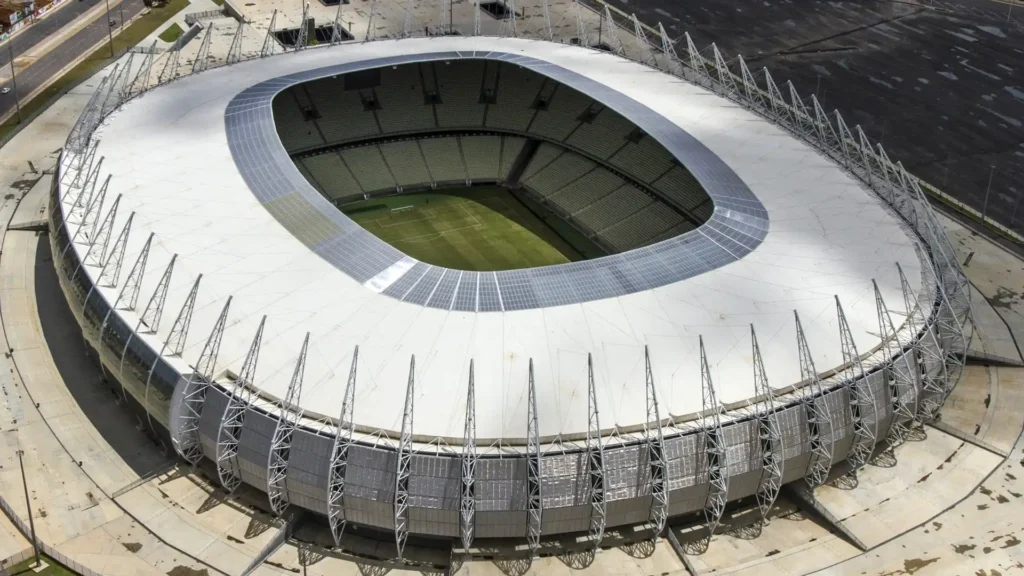
9. Estádio Castelão (Fortaleza)
Status: Stable
- Hosts Ceará and Fortaleza clubs, both with strong fan bases.
- Remains active for football and cultural events.
- Selected for the 2027 Women’s World Cup, proving its enduring importance.

10. Arena Fonte Nova (Salvador)
Status: Active, with hiccups
- Home to Bahia, a club with a passionate following.
- Used for concerts and cultural events, though it once suffered a partial roof collapse (since repaired).
- Another Women’s World Cup 2027 venue.
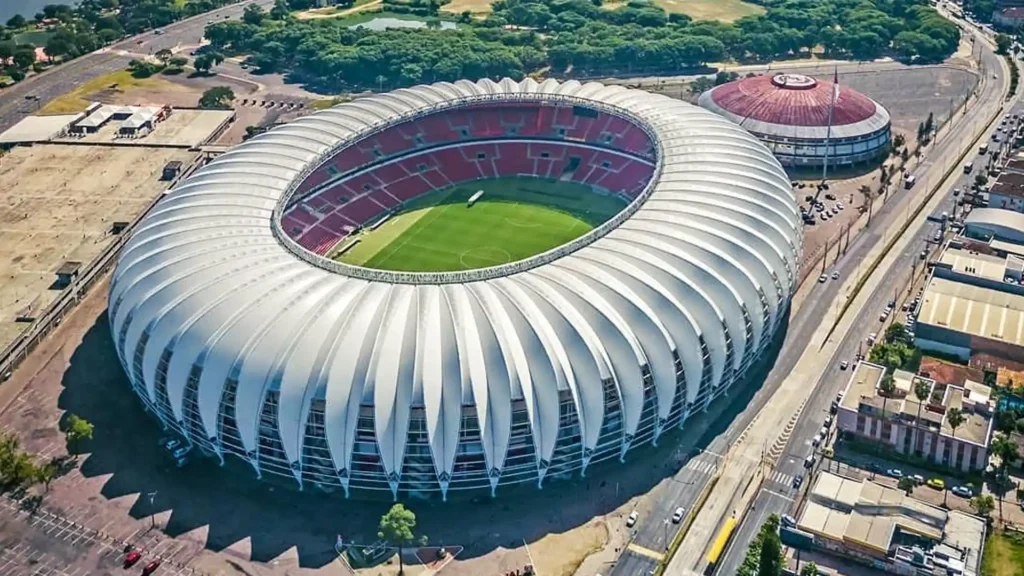
11. Estádio Beira-Rio (Porto Alegre)
Status: Thriving
- Home to Internacional, one of Brazil’s historic clubs.
- Regularly hosts league, continental, and national team matches.
- Well integrated into the city and chosen for the Women’s World Cup 2027.
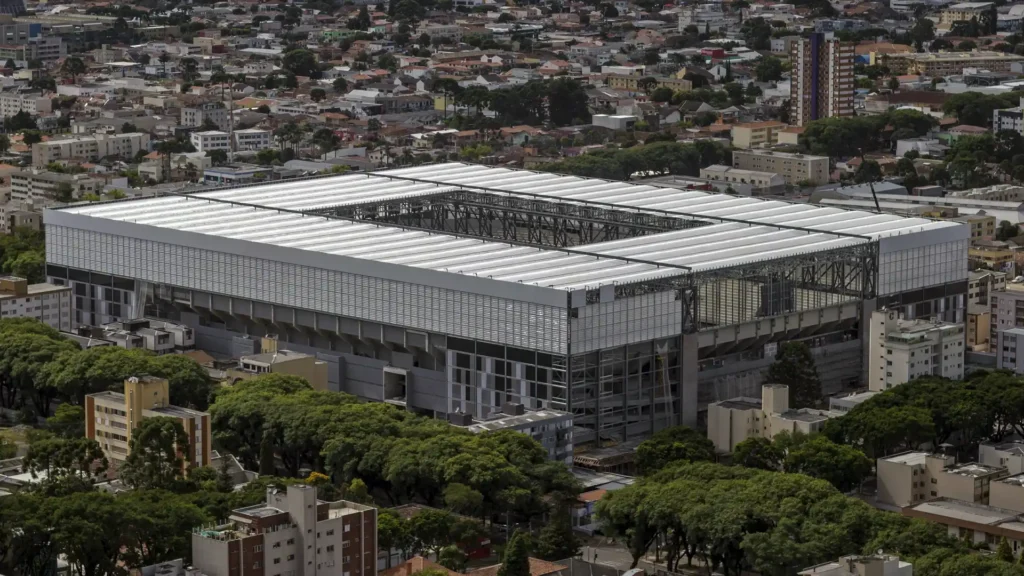
12. Arena da Baixada (Curitiba)
Status: Well managed
- Home to Athletico Paranaense, consistently filling seats.
- Features a retractable roof, allowing it to host non-football events year-round.
- Considered one of the most sustainably managed stadiums from 2014.
Winners and Losers
- Thriving stadiums: Maracanã, Mineirão, Beira-Rio, Arena Corinthians, Arena da Baixada. These benefit from major club tenants and urban centrality.
- Moderately active: Castelão, Fonte Nova, Arena Pernambuco, Arena Pantanal, Arena das Dunas. These survive but rely on smaller crowds and diversified events.
- Struggling “white elephants”: Mané Garrincha and Arena da Amazônia — high costs, little demand, and no strong club to anchor regular use.
Brazil’s World Cup stadium legacy is uneven. Some venues remain vibrant symbols of Brazilian football and culture, while others stand as reminders of poor planning and inflated spending.
The key lesson is clear: linking major stadiums to strong local clubs and diverse event calendars is crucial for long-term sustainability.
Without that, billion-dollar venues risk becoming monuments to wasted opportunity.
Read Also:

